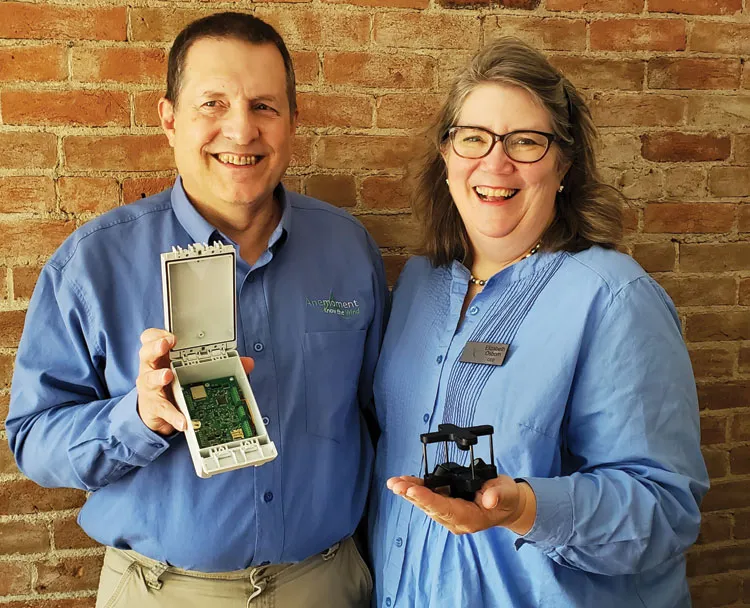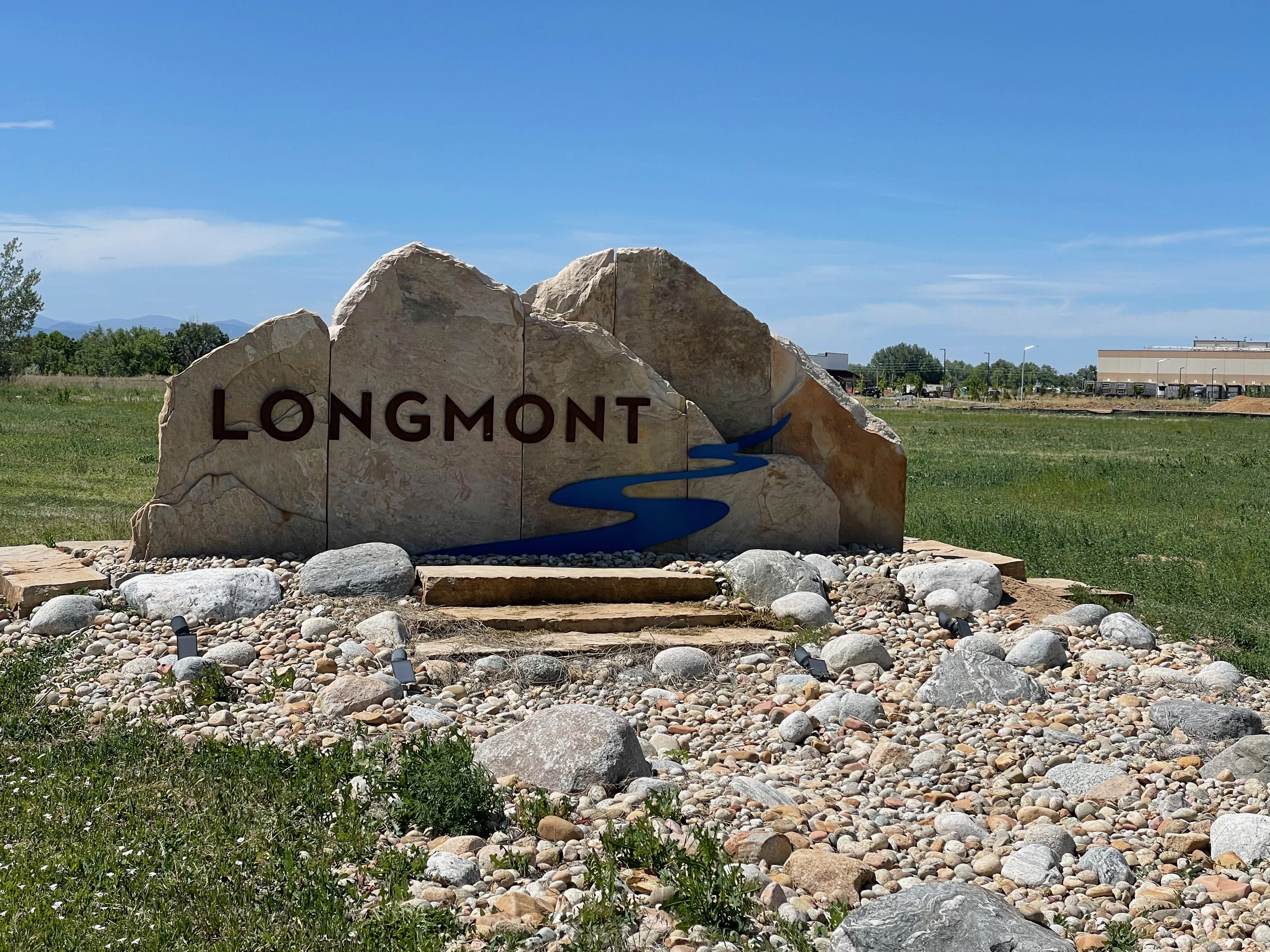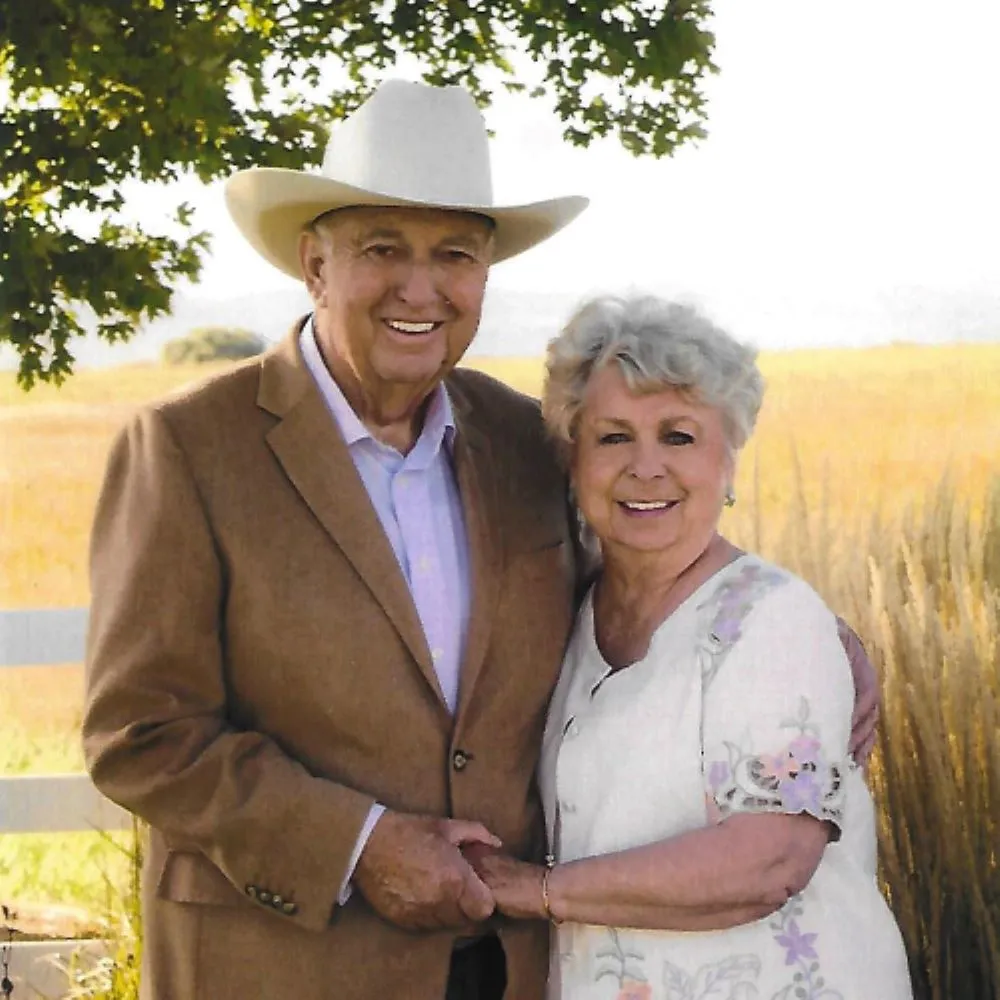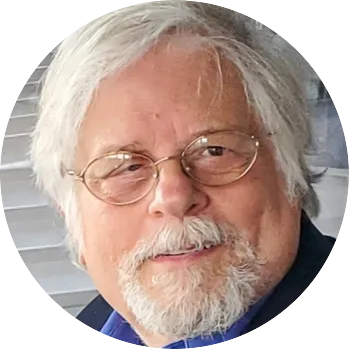Longmont company’s gadget rides winds of change

LONGMONT — From tracking smoke from Colorado wildfires to studying storms and figuring out how weather affects the path of a baseball, the answers are blowing in the wind for a Longmont company.
Anemoment LLC co-founders Stephen and Liz Osborn have taken wind measurements to a new level, literally, by developing a tiny anemometer that can ride aboard an unmanned aerial vehicle — a drone — instead of being fixed in place or mounted aboard a manned aircraft. Their apple-sized TriSonica Mini weighs about two ounces, about the same as a tennis ball.
“We want…
THIS ARTICLE IS FOR SUBSCRIBERS ONLY
Continue reading for less than $3 per week!
Get a month of award-winning local business news, trends and insights
Access award-winning content today!





